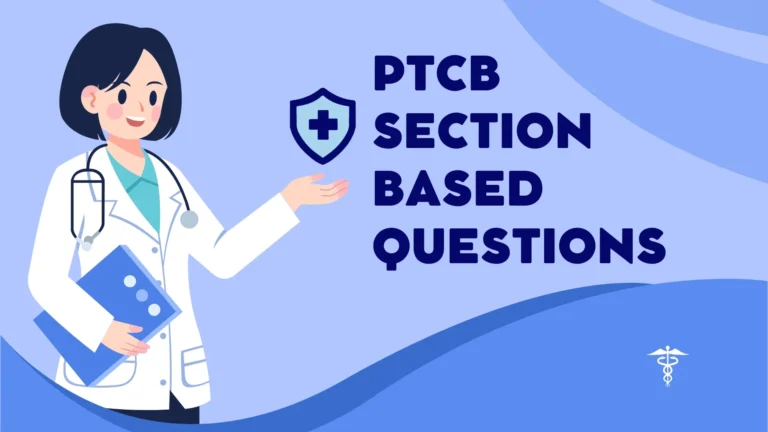Documents required for HESI Exam
The HESI exam is a pivotal valuation in nursing education, designed to evaluate students’ knowledge and readiness for clinical practice. Successfully navigating the application process is crucial for nursing students, and this begins with understanding the necessary documentation required for the HESI exam.
1. Proof of Enrollment
One of the primary documents required for the HESI exam is proof of enrollment in an accredited nursing program. This documentation serves as verification that the applicant is currently engaged in a course of study relevant to nursing, which is a prerequisite for taking the exam. Common forms of proof of enrollment include:
- Enrollment Verification Letter: Many nursing programs provide a formal letter from the program director or registrar stating that the student is enrolled. This letter typically includes the student’s name, the program’s name, and the expected date of completion.
- Student ID: Some institutions may accept a current student identification card as valid proof of enrollment. This ID often includes the student’s name, photograph, and the institution’s name.
2. Academic Transcripts
Academic transcripts are another critical document required for the HESI exam application. These transcripts provide a comprehensive overview of the student’s academic performance, detailing the courses completed and grades received. The importance of transcripts lies in their role in:
- Verifying Completion of Prerequisites: Many nursing programs require students to complete specific prerequisite courses before taking the HESI exam. Transcripts help confirm that these requirements have been met.
- Establishing Academic Eligibility: Some programs may have minimum GPA requirements for eligibility to take the HESI exam. Transcripts serve as official documentation to demonstrate that students have maintained the necessary academic standards.
Transcripts should be obtained directly from the registrar’s office of the educational institution and should be official copies, as many programs require this level of verification.
3. Identification
- Verification of Identity: The ID serves to confirm the identity of the test-taker on the day of the exam. Acceptable forms of ID typically include a driver’s license, state ID, or passport.
- Security Protocols: Many testing facilities enforce strict security measures, requiring a valid ID to prevent impersonation and ensure the integrity of the exam process.
Students should ensure that the name on the ID matches the name used during the registration process to avoid any discrepancies.
4. HESI Registration Form
The HESI registration form is a key document that must be completed and submitted as part of the exam application process. This form typically includes:
- Personal Information: Applicants must provide their name, contact information, and demographic details.
- Nursing Program Information: Students are required to indicate their nursing program, including the institution’s name and contact details.
- Preferred Exam Date and Location: The form often requires students to select their preferred exam date and testing site, which should be chosen carefully to allow adequate preparation time.
Completing the registration form accurately is essential to avoid any delays or issues with scheduling the exam.
5. Payment Confirmation
Most nursing programs charge a registration fee for the HESI exam, and proof of payment is often required as part of the application process. This document is important because:
- Securing Exam Registration: Payment confirmation ensures that the student has officially reserved a spot for the exam. Without this confirmation, registration may not be considered valid.
- Budgeting for Exam Costs: Students should keep track of their payments and related expenses as part of their overall preparation strategy.
Payment confirmation can take the form of a receipt, which should include details such as the amount paid, the date of payment, and the method of payment.
6. Additional Documentation
Depending on the specific nursing program and its requirements, additional documentation may be necessary. These may include:
- Health Records: Some programs may require proof of immunizations or health records to ensure student safety and compliance with clinical placement requirements.
- Background Check Authorization: In certain cases, programs might request a background check as a prerequisite for taking the HESI exam, particularly for those students planning to engage in clinical practice.
Conclusion
Understanding the documents required for the HESI exam application is crucial for nursing students aiming for a successful testing experience. By gathering proof of enrollment, academic transcripts, identification, the HESI registration form, and payment confirmation, students can streamline their application process and ensure compliance with their nursing program’s requirements. Proper preparation and attention to detail in document submission not only facilitate a smooth application experience but also pave the way for success in the HESI exam itself. With the right documentation in hand, nursing students can approach the exam with confidence, ready to demonstrate their knowledge and skills in the pursuit of their nursing careers.

